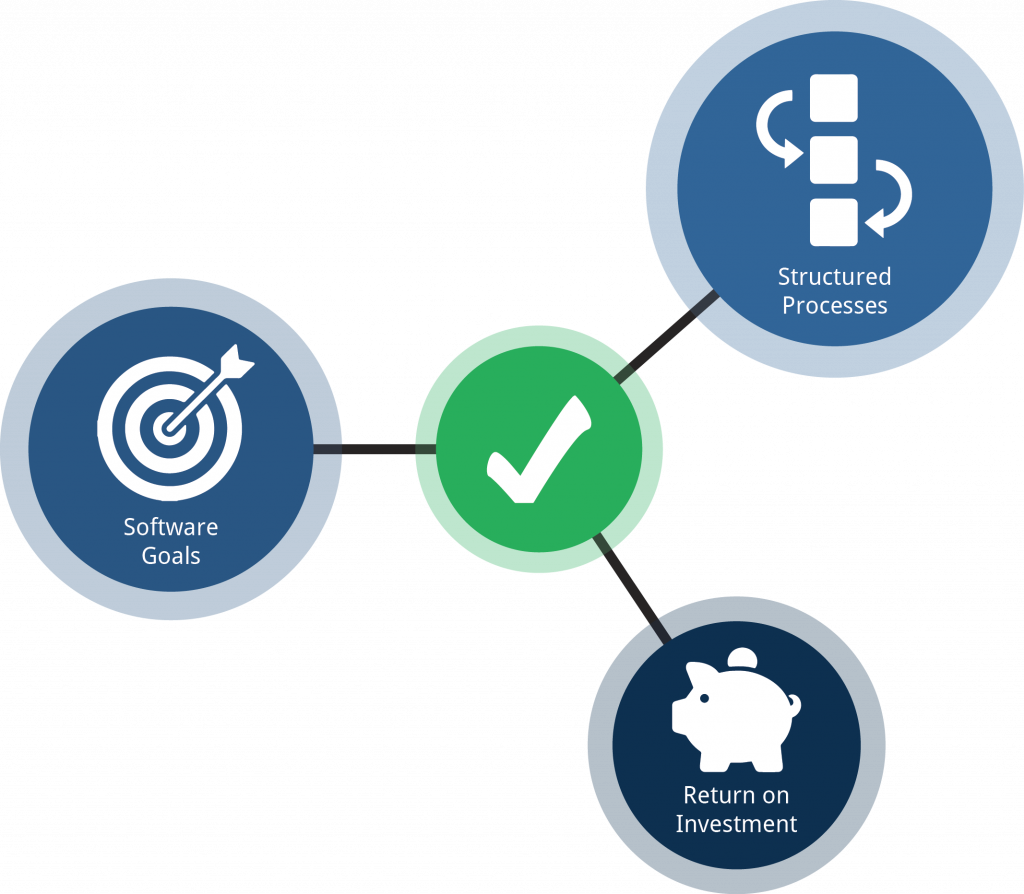Managing inventory in today’s fast-paced world can be a daunting task. For this reason, many organizations are using specialized inventory management software. It provides them with the ability to manage inventory and analyze trends effectively. However, many companies are still asking one important question: “Is my organization ready to implement inventory management software?”
 Is there an inventory system out there for every company? Well it is important to recognize that there are a few minimum requirements for a firm to meet. An organization should have structured processes in place, know their implementation goals, and clearly see its added value. If a firm meets this criteria, then it is ready to start looking for an inventory solution. If you’re still working on it, here’s are a few ways to start:
Is there an inventory system out there for every company? Well it is important to recognize that there are a few minimum requirements for a firm to meet. An organization should have structured processes in place, know their implementation goals, and clearly see its added value. If a firm meets this criteria, then it is ready to start looking for an inventory solution. If you’re still working on it, here’s are a few ways to start:
1. Structured Processes
Inventory management software is becoming an increasingly valuable company asset. However, present technology is not sufficient to solve each and every supply chain problem. An organization requires a structured set of processes in place for the software to follow.
It is not a means of replacing inventory processes, but rather a means of completing processes more efficiently. Companies should begin by outlining a process that all inventory items need to go through. A general example of this may be a simple step process:
- Receive an order
- Pick an order
- Consolidate items within the order
- Pack the order
- Send the shipment
2. Software Goals
Next, an organization should be able to clearly state their implementation goals. Many companies have generic goals such as creating automation or increasing efficiency. However, in order to achieve measurable success, goals need to be more specific and actionable. For example, a specific goal could be “We want to create more visibility in our supply chain by setting up notifications as orders move along our pre-set workflow.”
We know that the goal is to gain further visibility into their operations. Also, they have outlined a plan to set up notifications. By having this specific goal outlined from the start, this organization will be able to see clearly if their implementation is successful.
3. Return on Investment
Before using inventory software, you should be able to see how it will add value. Specialized software can be a big investment for many companies. If it is not clear how this will provide a return on investment (ROI), it may be wise to hold off. The processes required in this step are a little simpler: Do your research, know what the costs and benefits of a few different systems are, then determine which ones meet your requirements and cost.
If the cost of implementation is offset by the extra profit it will bring in, then you are ready. If not, it may be better to wait until this cost can be off-set. Also, successful implementation is not always instantaneous; the initial cost of this process is often not profitable for the company. With time to develop and become fully implemented, this will change.
Inventory management software can provide a number of different benefits to organizations. However, for implementation to be successful, firms should meet three criteria. They should have structured processes in place, a specific goal to achieve, and a clear view of how the software will add value. If you meet all theses criteria, then you are ready for inventory management software. Now, it is time to start doing your research to find the system that caters to your organization.


